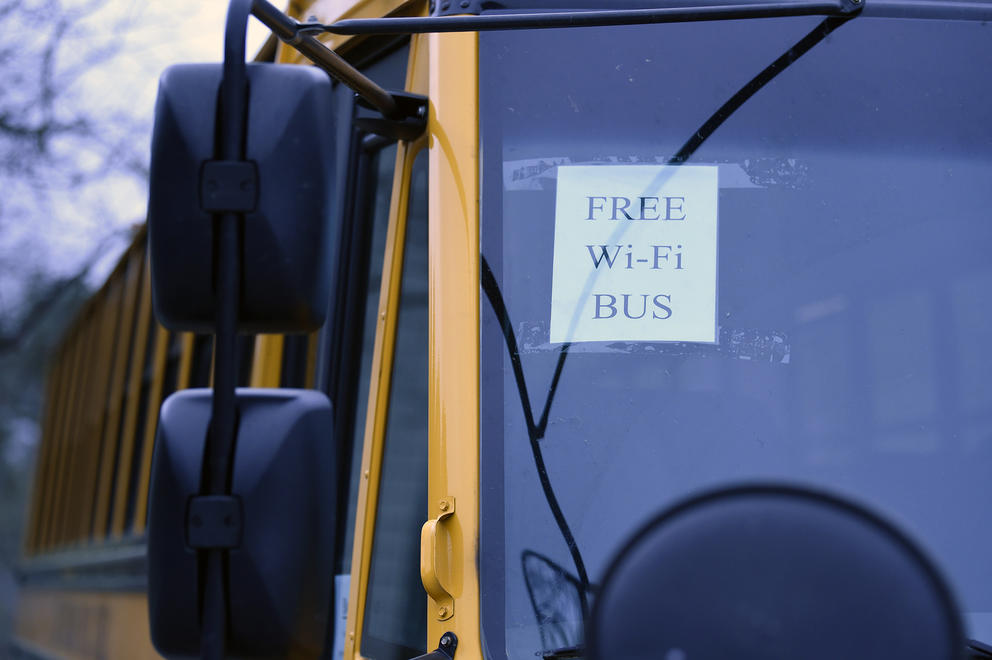For Washingtonians who have access to and can afford computers and the internet, we are finding creative solutions for a challenging situation. These adjustments are reducing the impact of COVID-19 on our health care system and keep our economy moving. But for families who do not have, or cannot afford, internet access, devices or digital skills training, this transition has been painful and has exposed major inequities. This has put many people’s stability, health and futures at risk.
The need for universal broadband has never been so stark.
Though Washingtonians are more connected than residents of many other states, major digital divides still exist. Those divides inhibit learning for students of all ages, hurt long- and short-term health outcomes and further isolate people who need to digitally connect with friends and family more than ever.
According to U.S. Census Bureau data, just over 735,000 people in Washington state do not have an internet connection in their homes. An additional 500,000 people, or 200,000 households, rely solely on limited cellphone data plans, while 12,000 others still use slower dial-up services. This is in a state that’s home to some of the biggest technology companies in the world.
When the state went forward with the difficult decision to move all K-12 schools to online instruction for the rest of the 2020 school year, Superintendent of Public Instruction Chris Reykdal said access to the internet has become an essential utility, much like electricity and water. He called for us to “sow the seeds of complete innovation in connectivity for families. It is the way we will learn. It is the way of the future.”
We agree, because digital access isn’t just critical; without it, people’s lives are in danger.
We are relying on discounted internet subscriptions, philanthropy and device donations when available to attempt to fill gaps. This is not enough. The statewide “Stay Home, Stay Healthy” order, and similar actions taken across the nation, have exposed painful cracks in technology access as households scramble to adjust to a changing daily routine.
Students in Palouse need access to their teachers so they can continue to learn at home. Veterans on Whidbey Island need access to critical services when visiting the VA hospital isn’t the safest option. Through video calls, grandparents across the state need to maintain connections with the loved ones from whom they are physically separated.
We are just beginning to solve the many problems exposed or created by the COVID-19 pandemic. Internet service providers and technology leaders from the private sector are working with the state to expand internet service statewide and provide Wi-Fi hotspots in both rural and urban communities that lack connectivity. There are additional collaborations between state agencies and public universities to broaden rural connectivity.
The state is also helping residents learn about currently available low-income internet and device programs. We call on others to help raise awareness of these programs and assist residents in need to apply for the lower-cost programs and for providers to continue improving the accessibility of these programs.
We’re proud of these collaborations. We should continue this work and support funding for community grants and programs, but we can and should do more.
Our state needs immediate, short-term actions to keep people healthy and safe. These include lifting data caps on cellphones, enabling tethering (turning your cellphone into a modem for other devices), establishing more hotspots and broadening low-cost options for in-home internet access and finding ways to get laptops and tablets into the hands of public school students to keep from falling further behind.
We should also consider repurposing existing staff roles, or hiring and training new staff, as “digital navigators” to provide guidance to students, seniors, business owners and others needing digital assistance.
Congress should pass significant internet subsidies and consider inclusion of the 2019 Digital Equity Act proposed by Sen. Patty Murray into future COVID-19 relief legislation.
Even as we work to accomplish these short-term goals to help respond to COVID-19, it only just begins to address the wider problem of digital equity for the future health of our state.
To keep Washington connected now and in the future, we must all work together to center community voices, build partnerships and find solutions that work for everyone during and after this crisis.
When everyone is digitally connected, we can all stand together — no matter where we are.




